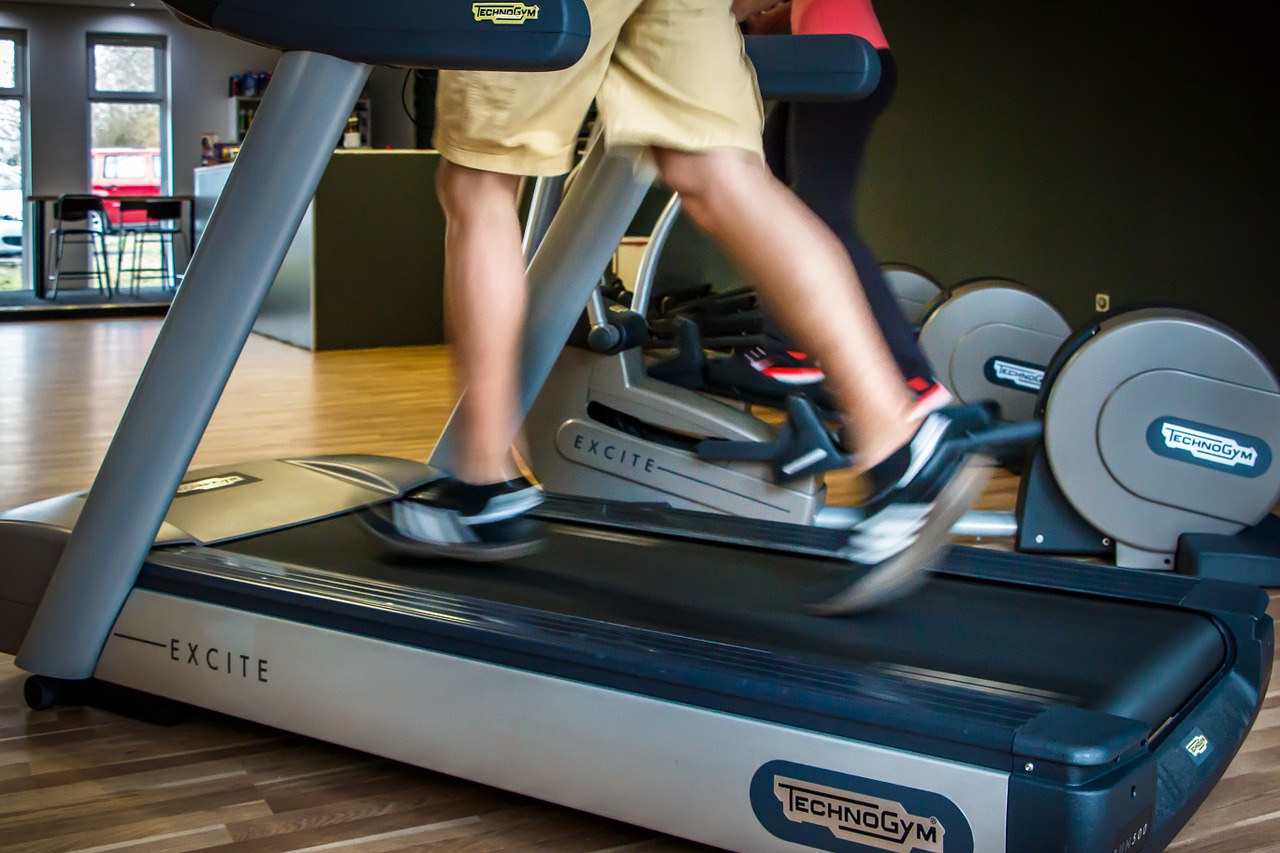
The treadmill used by a person after experiencing a stroke is not your average gym model. It is specially designed to help the rehabilitation process, walking in particular.
In locomotor treadmill training, a harness secures the patient and helps support some of his or her body weight. As the patient gains strength and the skills improve, the harness is adjusted so it supports less and less weight, until ultimately the patient can walk close to normal on his or her own. When this technique is begun very soon after the stroke—even before a patient has had a chance to try walking—the abnormal, compensatory gait that often marks a stroke survivor never has a chance to develop.
A second type of treadmill, the split belt treadmill, could potentially help people who had strokes months or even years ago and who have already developed abnormal walking patterns. It has two belts, each controlling one foot, so that as one foot moves forward, the other moves backward, at different speeds. In preliminary tests, people with no walking problems used the treadmills for
15 minutes. When they got off, they continued to walk in a lurching manner for
10 minutes or so, indicating that their legs’ nerve networks had been “rewired,” at least temporarily. The hope is that when a stroke patient consistently trains on such a treadmill—programmed to correct his or her particular gait issues—the nerve networks, too, will become modified so that they eventually allow for much more normal walking.
After a stroke, we can help patients use such equipment to learn to walk more normally and fluidly. Such a program will hasten rehabilitation and enable patients to avoid the stroke victim’s altered gait that the body has adopted as the new normal.

















